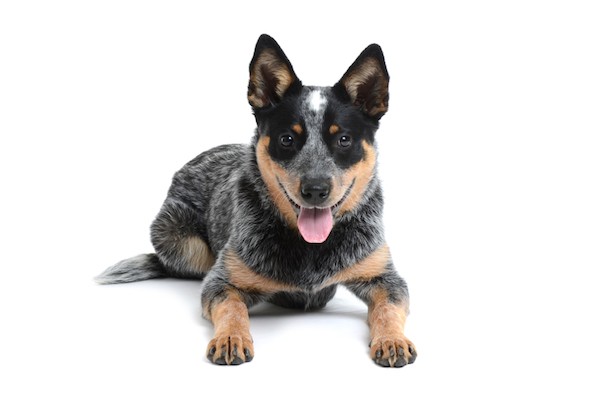Client Category – Consumer Goods – Agency Search & Selection
Challenging Problem:
The Global Advertiser has a globally aligned advertising network in this regional market. However the global deal left the local agency short in retainer, which they appeared to be making up for in their production costs. But still the local marketing team suffered with poor service and under motivated staff.
Creative Solution:
The local marketing team wanted to replace the internationally aligned agency, but could not as the arrangement was locked in globally. Instead we were able to identify an opportunity we call the ‘Drover’s Dog’ strategy in which we appoint a local independent agency on a project basis to keep the old bullock on it’s toes with some competitive tension.
Process:
The local marketing team approached us to help them change agencies as they felt they were stuck with the globally aligned agency which they believed was locally under-servicing the account and over charging for production. They had tried for more than a year to address the issue, but it was due to the global remuneration deal that underpaid the local agency office retainer, which they were clearly making up by over estimating on the production.
Reviewing the global agreement, the scope of work for the agency was very specific in regards to the adaptation of global brand work by the agency, which represented less than 40% of the agency-spend. There were no limitations on appointing an agency to provide services outside of this scope.
Therefore we implemented a local market search for a medium size, local independent agency to pitch for a package of work scope that represented approximately 40% of the agency-spend. A suitable agency was appointed and the contract implemented that provided the smaller, independent agency with a guaranteed spend and the opportunity to increase this on projects the globally aligned agency failed to deliver.
Timeline:
The search and selection process took 12 weeks and the agency was appointed as a digital agency, so as to avoid any potential conflict with the main globally aligned agency.
Result and feedback:
The addition of the small, independent meant that while the globally aligned agency was not directly threatened with losing the business, which was impossible without a global realignment, it was enough of a threat for them to lift their service levels and performance.
It was particularly telling that when we had analysed the spend, we were able to create a cost neutral solution due to the low cost of the retainer which meant that the smaller scope of work ensured the global agency was better resourced. Plus the cost differential between the global agency and the local agency meant that the production savings from not producing through the global agency could be used to fund the smaller, independent.
The Drover’s Dog strategy succeeded in solving a local issue caused by a global remuneration model that had unforeseen consequences in a smaller group of markets.




